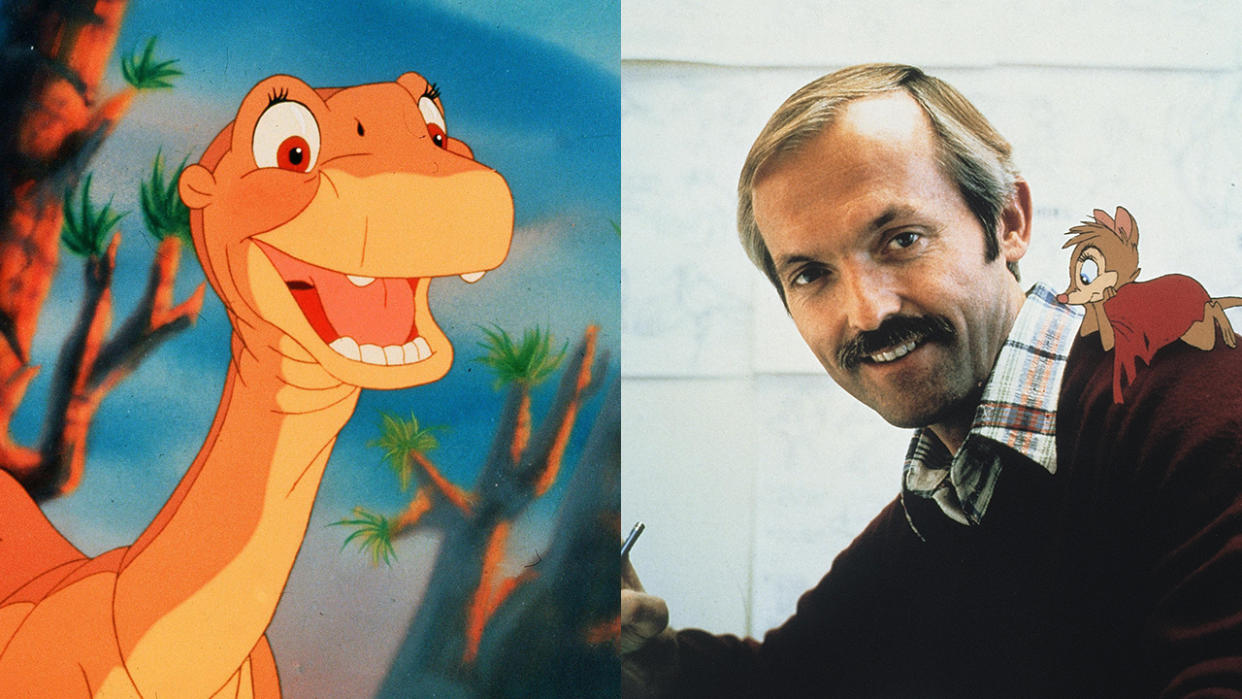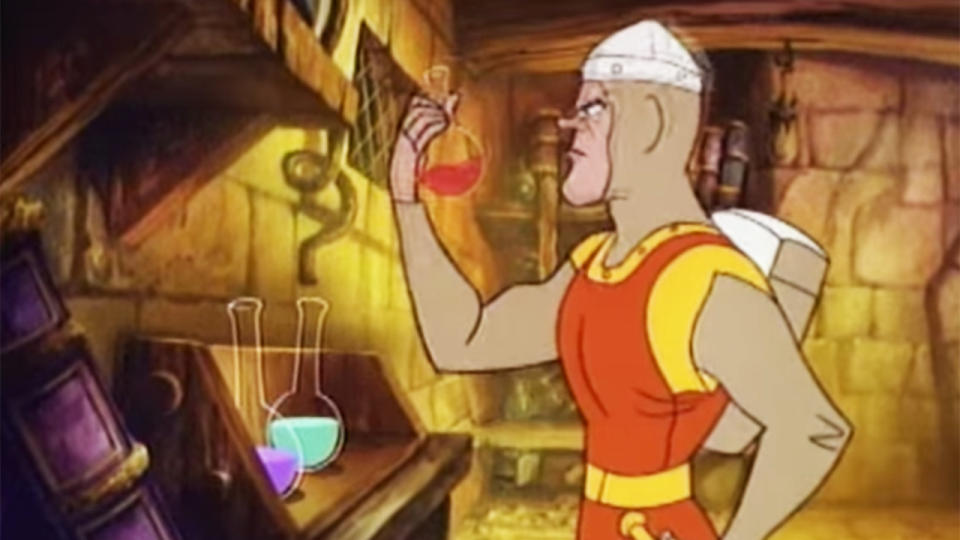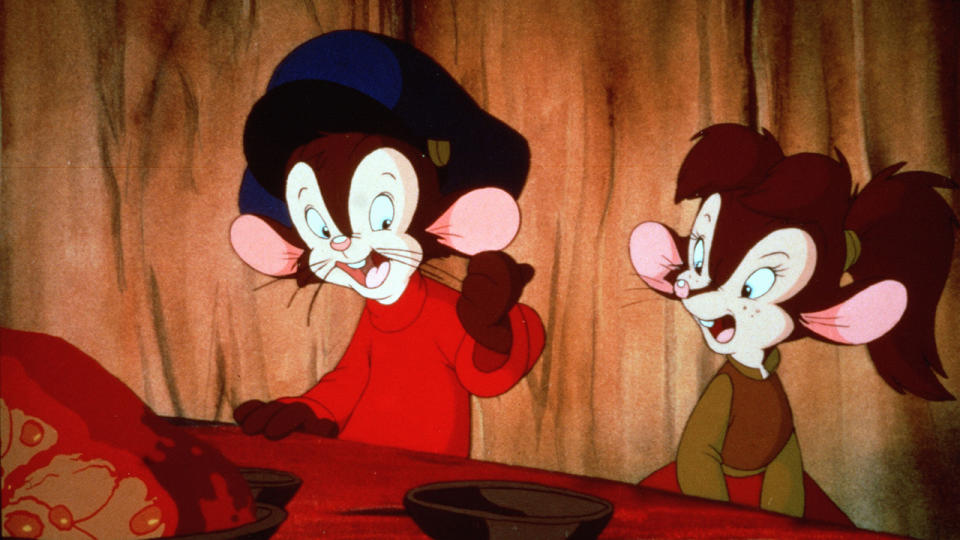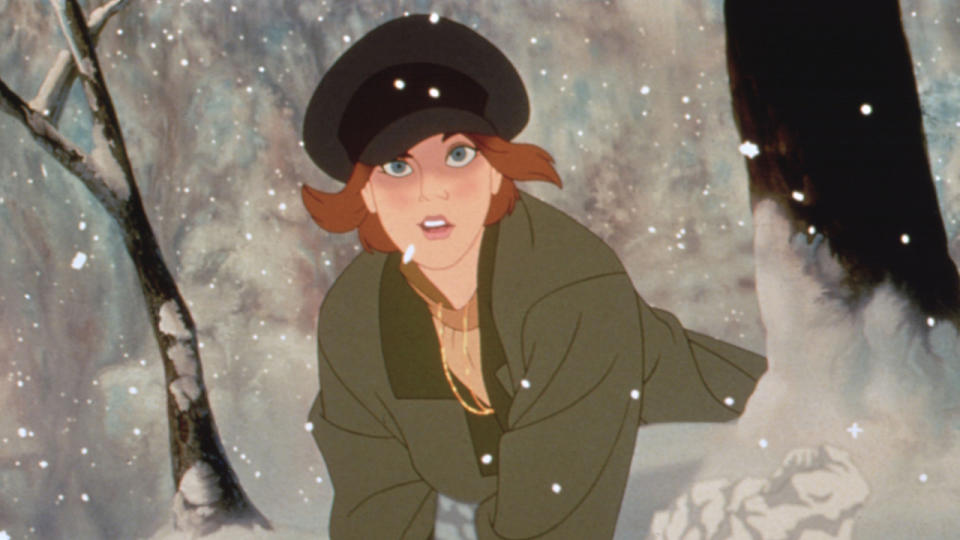Don Bluth: The man who took on Disney

He’s not put his name to a movie since the turn of the century, but Don Bluth is still one of the most revered figures in animation history – and might still one day be a force to be reckoned with…
In 1979, on his 42nd birthday, Don Bluth did what very few people in the world of animation do: he quit Disney. Despite working for the Mouse House in some capacity since his early 20s, the Texan-born animator and director took a long look at the studio’s output and decided enough was enough: he was going to strike out on this own. Bluth had enjoyed a rapid rise at Disney, working at first as an “in-betweener” artist adding frames to other animators’ drawings on ‘Sleeping Beauty’, then graduating to Director of Animation on movies like live-action/animation hybrid ‘Pete’s Dragon’ and ‘The Rescuers’. But the company was not meeting its own high standards, set by Uncle Walt in the Golden Age of animation. As a young boy, Bluth would ride his horse to the local cinema in El Paso to watch Disney movies; now he was going to have to get on his horse one last time.
Bluth lived and breathed animation, working impossible hours at Disney while crafting away on his own secret projects at home. Along with two fellow Disney animators, Gary Goldman and John Pomeroy, Bluth created short film ‘Banjo The Woodpile Cat’, which was put together on a shoestring budget and drawn entirely in his garage. As it happens, ‘Banjo’ was a great portfolio piece, because when the industry came knocking to see if he was interested in feature films, Don Bluth Productions was born and the three men left Disney behind: they were now officially the competition. Worse, they poached 20 ‘Disney defectors’ on the way out, making him persona non grata to Mickey and friends.

Directing his first feature film, 1982’s adaptation ‘The Secret Of NIMH’ (above), Don suddenly found himself in charge of a team of 160 animators, all working towards the largest ever release of a non-Disney animated movie. Bluth employed the first ever documented profit sharing scheme in the animation industry, meaning if the movie was a success, everyone would be rewarded. Sadly, it wasn’t to be. The movie about super intelligent lab rats was originally deemed too dark for Disney, and audiences sadly agreed – even though critics loved it, ‘The Secret Of NIMH’ tanked at the box-office and took Don Bluth Productions into bankruptcy. With the door well and truly shut at Disney, it must have seemed like the dream was over… but another up-and-coming medium would prove to be a perfect proving ground for Bluth.

Videogames were still virgin territory for artists like Don Bluth. In 1983, ‘Space Invaders’ was barely five years old, and new titles like ‘Donkey Kong’ and ‘Mario Bros’ – though addictive – were not exactly lookers. Bluth changed all that. Running off advanced laserdisc technology, the newly-formed Bluth Group released arcade game ‘Dragon’s Lair’, which married videogame action to movie-quality animation for the first time ever. It stopped punters in their tracks: gamers would like up run around the block to play it. Along with follow-up ‘Space Ace’ in 1984, Bluth helped redefine what videogames could look like. Alas, the Texan couldn’t catch a break; the arcade industry suffered a huge crash and Bluth was once again facing bankruptcy.
Salvation was to come in the form of Steven Spielberg. Bluth had rebuilt his empire, this time in the shape of a partnership with business Morris Sullivan and the company Sullivan Bluth Animation in Van Nuys, California. The studio was approached by Steven Spielberg, who had an idea that would eventually become ‘An American Tail’ (below), the animated movie about immigrant mouse Fievel Mousekevitz. Thanks to Bluth’s talents with a brush – as well as backing from Amblin Entertainment and Universal Pictures – the movie gave the animator his first taste of solo success. Grossing $84 million dollars worldwide, it made more than double than Disney’s 1986 offering, ‘The Great Mouse Detective’. Next up was dinosaur epic ‘The Land Before Time’, a hugely successful dinosaur adventure which left behind an astonishing legacy, including a TV series and thirteen – count ’em – sequels, including one released in 2016. Finally, Bluth had come good on his promise to rival Disney’s animation studios at their own game – but they were about to herald in a new age of animation, and Bluth was about to fall on hard times once more.

The next movies Don Bluth released may have been commercial and critical failures, but they all succeeded in scratching itches that Disney could not: films like ‘All Dogs Go To Heaven’ and ‘Thumbelina’ may not have been game-changers, but they had at their source rich thematic stories that occasionally ventured into territory deemed too dark by Bluth’s competitors. Audiences stayed away, but Bluth never changed: if he had wanted to make Disney movies, he would have stayed at Disney. Down the road in Burbank, Disney released ‘The Little Mermaid’ in 1989, the movie that kickstarted their ‘renaissance’ and the studio’s dominance of modern animation. When Pixar and Disney joined forces for ‘Toy Story’ in 1995, traditional animator Bluth – once an early adopter of technological advances – seemed like yesterday’s news.

He had one last hit in him: Russian folk tale ‘Anastasia’ (above), released in 1997 in conjunction with 20th Century Fox and starring Meg Ryan and John Cusack, grossed a whopping $140 million around the world – Bluth’s biggest hit to date. However, Fox Animation Studios was to be short-lived as a serious Disney competitor. Follow-up movie ‘Titan A.E.’ (below) would be the last that Don Bluth would put his name to: a sci-fi epic with considerable scope and an anime influence, the movie was a heinous flop in 2000, making back just half of its $74 million production budget despite an all-star cast (Matt Damon, Drew Barrymore) and talent like Joss Whedon working on the script. As Disney dominated the box office once more, Don Bluth was all out of last chances.

Or was he? Bluth seemed content with life away from the all or nothing stakes of Hollywood, writing books for animation students, teaching animation via his website and acting as director of the Adult and Youth Theatre in Arizona, in which productions were presented in Bluth’s own living room. He still dabbled in animation, creating the music video for ‘Mary’ by the Scissor Sisters in 2004 among others, after the band’s fondness for Bluth’s work on the animated section of 80s camp classic ‘Xanadu’. His credentials were still intact, but that elusive final feature film seemed beyond Don – except his fans were willing to fund him to find out for sure.
In December 2015, an IndieGogo campaign set up by Don Bluth and long-time creative partner Gary Goldman, asked fans to contribute to a four-minute sizzle for a ‘Dragon’s Lair’ movie. The response was overwhelming: the $250,000 target was smashed within days of the launch – the total amount raised was $628,317. (Bluth himself caused controversy by stating that such a figure was over the top for a simple pitch reel). So, with ‘Dragon’s Lair: The Movie’ a distinct possibility, could we be about to see the rebirth of Don Bluth, the thorn in Disney’s side, the man who almost single-handedly made the Mouse House raise their game? That one last chance couldn’t go to a more deserving man – a true character in an industry based on them.

Read more:
10 real life conspiracy theories that inspired Dan brown
The other Dr. Strange film
8 films that lost their stars a fortune

 Yahoo Movies
Yahoo Movies 
